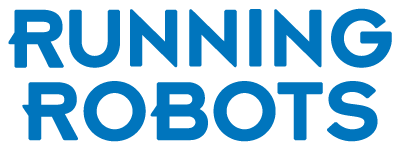To implement a successful website, we believe content comes first! This blog is intended to help explain how to strategize your content in a way that will be purposeful – not just beautiful – because good design needs good content!
Organization is Key
During the Phase 2 of Our Process we are working hard with our clients to gather all the content necessary for their new website design. In order to gather content for a website, we find that using an organizing software such as SlickPlan is beneficial.
SlickPlan is a great tool to organize the text and images across a website. In SlickPlan, the sitemap does not reflect anything to do with the final design of each page, but it can be thought of as the skeleton of a new website – it’s the bones of a new website’s design and is a great place to start when deciding what will be included in your new design.
Let’s start with the basics – here is a link to introduce you to planning the content for your new website using SlickPlan:
4 Tips for Gathering Website Content
1. Use this web page outline to gather information for each page
-
Your Unique Selling Proposition (USP) What sets your product or service apart from the competition.
-
Supporting Copy What does your customer want to know about?
-
A Single Conversion Goal What action do you want visitors to take on this page?
-
Benefits of Your Offering What are the advantages or profit gained for your customer?
-
Introduction Paragraph of the Benefits/Offers Introduce the product/service/offering and how it will benefit the customer.
-
Bullet Point List Summary of Benefits Highlight the crucial selling points of the individual product/service/offering that are advantages or profit gained for your customer.
-
Benefit and Features in Detail Dive into individual details about the each product/service/offering; a feature is a specific quality of the product/service/offering while a benefit describes a positive impact that the feature has for the customer.
-
Some Form of Social Proof Provide any of the following: direct quotes from customers, case studies, video interviews or testimonials, logos of customer companies, customer reviews.
-
Closing Argument A closing statement that backs up your unique selling proposition and gives your visitor one last chance to convert with a form or secondary call to action.
2. Think about your customer personas.
There can be multiple characteristics to your personas but understanding your target audience and customers will be beneficial when deciding what content is important to them as they navigate your website.
3. Consider what your customers want to know.
Think about what your potential customers want to know about your company and what questions they might be looking to find answers to on your website. Answering these questions will aid in converting them into customers. Include the information people need to know that will help them on their buying journey such as a pricing guide or a comparison chart. Leading us into tip #4…
4. Brainstorm how you can present your content effectively.
Good content doesn’t have to be paragraphs and paragraphs of text. Photos, infographics, videos, and charts are all effective ways to answer your customer’s questions in visually appealing ways.
Have questions about gathering images for your website? Learn more about creating your own professional-looking photos and videos here.








